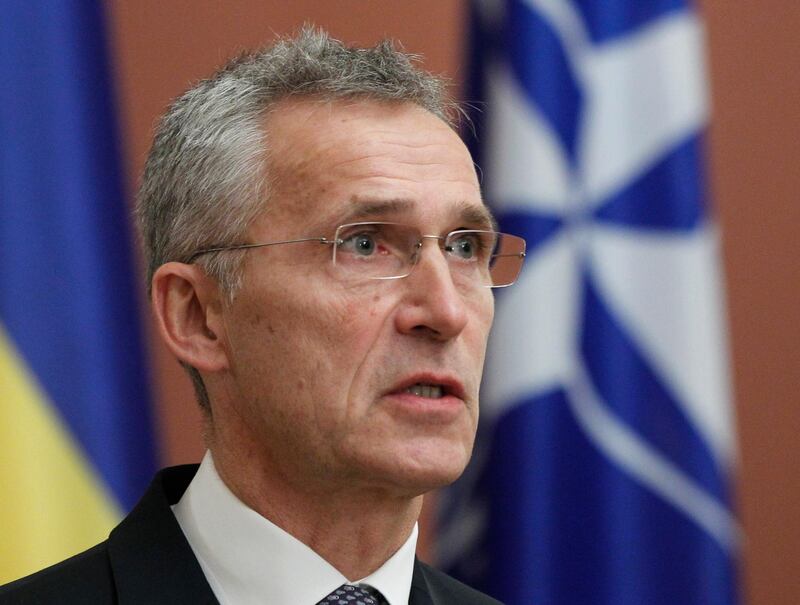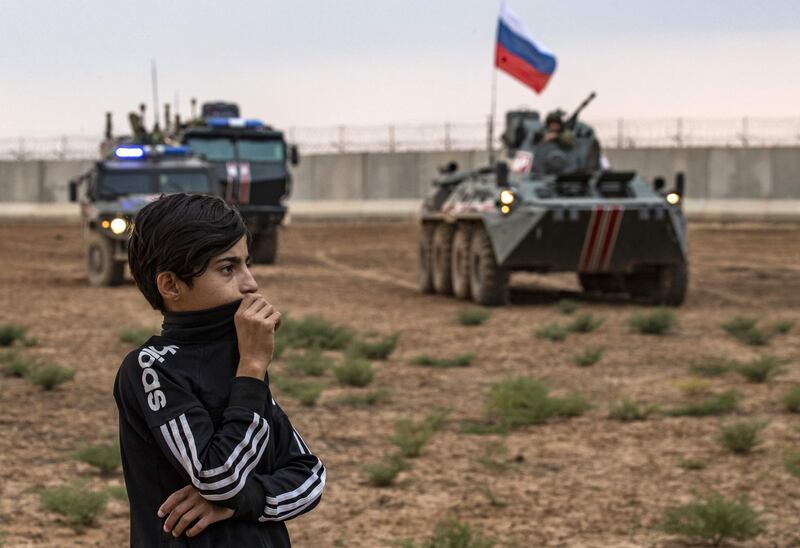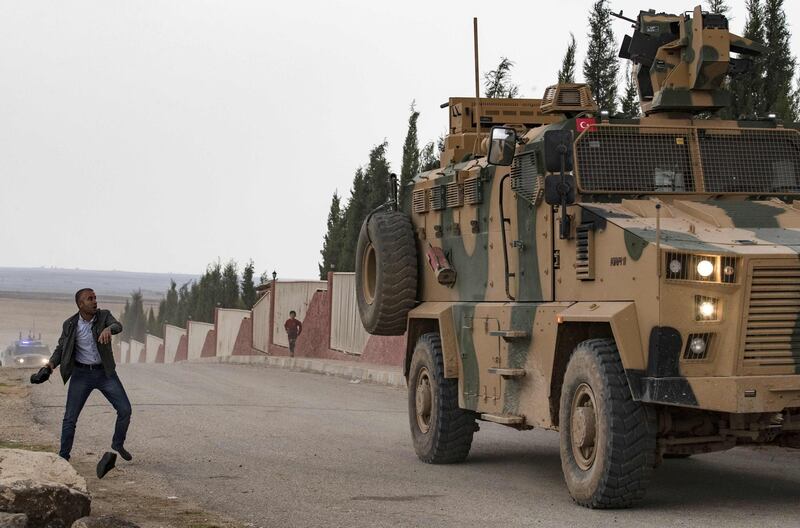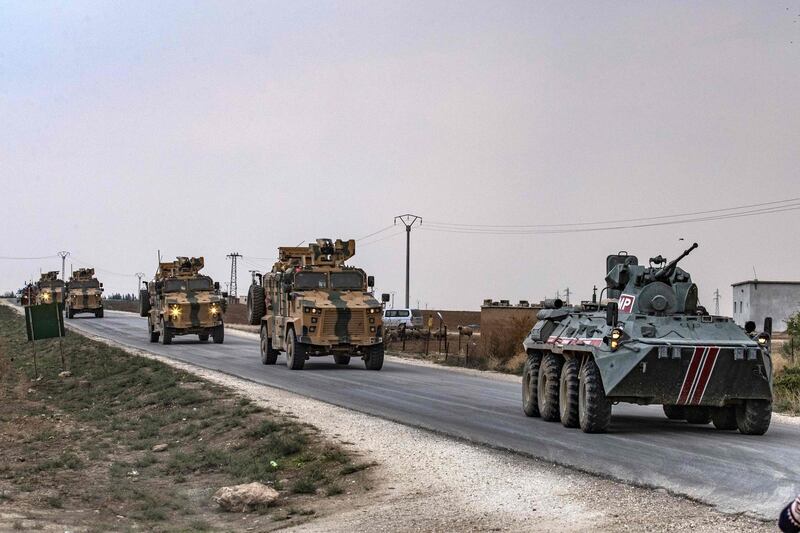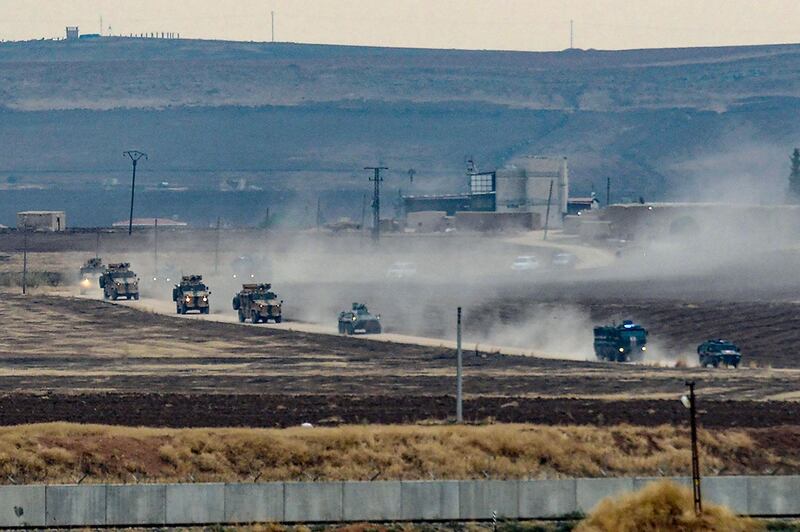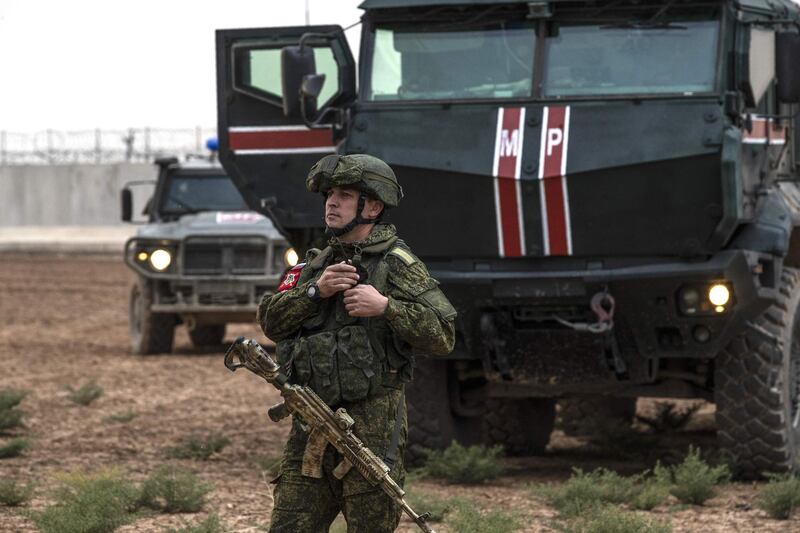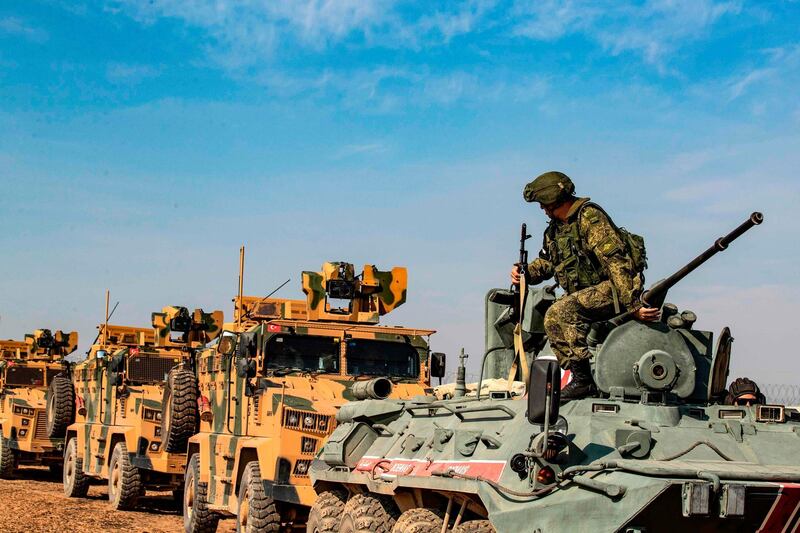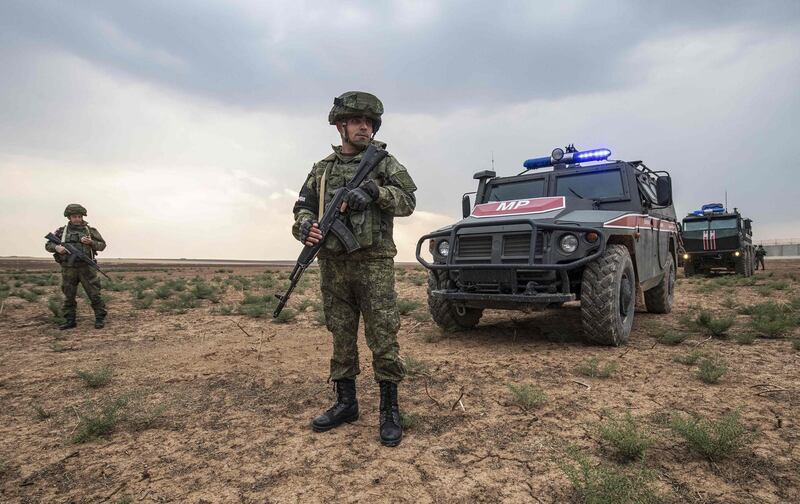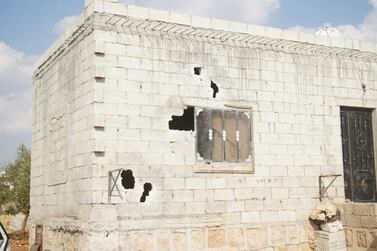The death of ISIS leader Abu Bakr Al Baghdadi has been praised by Nato Secretary General Jens Stoltenberg, who warned that the struggle against the extremist group must continue.
Mr Stoltenberg called Al Baghdadi’s death at the hands of US special forces a “milestone” but cautioned against complacency.
The international coalition against ISIS of, which Nato forms one part, had to fight to ensure that the extremists did not return, he told Germany's Bild newspaper.
“ISIS doesn't have any territory any more but it still lives," Mr Stoltenberg said. "ISIS maintains sleeper cells, secret networks and is working to come back. Our mission is not yet entirely fulfilled."
In the summer of 2014, ISIS rapidly expanded across the border from Iraq, taking control of vast areas of territory.
At the height of its power, ISIS’s "caliphate" held territory in the Middle East equal to the size of Great Britain, and exercised its reign of terror over 8 million people.
The extremist group, under Al Baghdadi’s leadership, boasted affiliates as far away as South-East Asia and West Africa.
It used its territory in the Levant as a base of operations to carry out acts of violence against the West.
The group, which beheaded journalists and carried out a genocide of the Yazidis in northern Iraq, spread its message around the globe through online propaganda and made sadistic violence its trademark throughout the world.
After a years-long campaign by the anti-ISIS coalition deprived the group of territory and resources, US special forces launched a final raid on Al Baghdadi’s compound in Barisha, a village less than 20 kilometres from the Turkish border.
The Iraqi government had worked for more than a year to track the fugitive leader. The Iraqi National Intelligence Service located Al Baghdadi’s hideout in Idlib, passing the information to the US.
US Army Delta Forces, with the support of intelligence from the CIA, Iraq and the Syrian Kurds, were dropped at the compound by CH-47 Chinook helicopters from an airbase in western Iraq in the dead of night.
They hoped to catch the ISIS leader alive but Al Baghdadi detonated an explosive device, reportedly killing eight people including his two wives, to avoid capture.
US President Donald Trump has sought to use Al Baghdadi’s death to hide the fissures that have emerged in Nato after America's partial withdrawal from northern Syria in October.
The US’s Nato allies warned that Ankara’s military intervention in the area could offer ISIS a chance to regain ground.
On Thursday, ISIS named a new leader to replace Al Baghdadi. Five days after his death, the group confirmed on social media that it had appointed Abu Ibrahim Al Qurayshi as its head.
It also pledged to avenge Al Baghdadi’s death and usher in a new era of terror.
